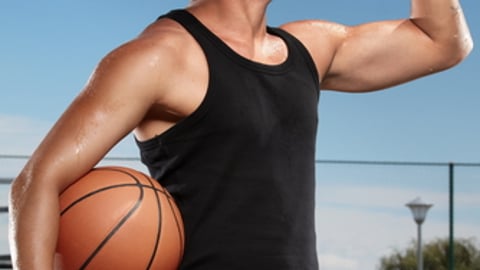Tips for innovating in the beverage category
Canadian consumers are changing the way they drink. From healthier cravings to a need for energy, Canadians turn to beverages like coffee, energy drinks and other c-store staples to satisfy all kinds of needs throughout their day.
New data from The Hartman Group shows that 71% of consumers always have a beverage of some kind with them. Whether a water bottle accompanies them on a workout, or coffee on their desk at work, Canadians seek to quench their thirst throughout the day.
The Hartman Group’s latest report: Modern Beverage Culture 2023 looked at the factors that are shaping Canadian’s beverage choices to provide some top tips for companies looking to innovate in the category.
The results from a 2,000-person survey reports on 12 beverage categories and looked at the three factors affecting how consumers choose their beverages: macro trends like wanting to explore new tastes; the physical and emotional benefits that drinks can provide; and priorities based on the occasion that consumers are choosing drinks for.
[Read more: "New rules for advertising food and beverages to children"]
The study also breaks down beverage choices into distinct categories based on consumer needs: taste, hydration, nutrition, experience, energy, and pairing.
Good taste
When choosing a drink, most (61%) of consumers say that taste is the most important factor they look for.
“When seeking taste, consumers are looking to satisfy a craving and seek flavour,” explains Melissa Abbott, vice-president of syndicated studies at The Hartman Group in a webinar.
Beverages like soda rank the highest for taste on The Hartman Group’s “Need State” categories: an indexed ranking across 12 beverage categories. For taste, soda ranks 127, giving consumers craving satisfactions in concentrated forms, versus water which ranks at 74.
Healthier hydration
Hydration also impacts consumers' desire for a drink. What consumers seek in this category is to hydrate the body. Water ranks the highest in this category with 149 and alcohol ranks as low as 42, meaning that consumers find alcohol least hydrating.
It might not come as a surprise that more consumers are choosing healthier drinks. In fact, according to the study, 50% of consumers are very conscious of calories in their beverages. But what does healthy mean to the modern consumer?
“When shopping for beverages consumers are looking for certain attributes,” explains Abbott. “They are looking for simple and recognizable ingredients.”
[Read more: "Stay within aspartame limits, Canadian Cancer Society says in wake of WHO findings"]
Abbott says that the modern label-savvy consumer is also seeking short ingredient lists with low sugar and no artificial flavours or colours.
Nutrition is not only about avoiding something unhealthy, but also adding something healthy, explains Abbott. Consumers associate shakes the most with nutrition.
Midday boost
When looking for an afternoon pick-me-up, most consumers turn to beverages that give them energy. The same can be said for the beverages people choose early in the morning: consumers tend to turn to coffee to wake up.
Abbott says that while this category is an important factor affecting consumer beverage choice, people look for different types of energy from their drinks at different times of the day.
Distinguishing between instant energy (the energy you might get 20 minutes after drinking your morning coffee) versus sustained energy (energy that might give you slow and steady stamina throughout the day) is something that consumers take into consideration.
Consumers might distinguish between the caffeine in coffee (which ranks the highest in the energy category) or ingredients like matcha in an energy drink (second highest) depending on when they plan to drink.
Experience and pairing
Far from the effect of energy drinks, Abbott says that most consumers (36%) are looking to calm down or relax when they choose a beverage for the experience they associate with it. Twenty-six percent of consumers say they are looking for a treat when choosing a drink for the experience and 24% are looking for a moment to themselves.
“Beverages in the alcohol and low-alcohol categories are most associated with experience for consumers,” says Abbott.
When it comes to pairing, she explains that most consumers are looking to have something to drink with food or something that pairs well with food like cereal with milk or soda with a salty snack. Dairy and soda ranked the highest in this category (163 and 137 respectively).
The state of drink
Today, most consumer packaged goods brands and beverage companies are turning their efforts toward healthier ingredients, responding to a modern consumer that prioritizes health and experience. Abbott says that health and wellness is essential to consumers’ beverage aspirations.
[Read more: "Thirst for health"]
Beyond health, the study shows that most innovations are being made in categories like no/low alcohol. Concepts like “Dry January” have grown in popularity among Canadians, and more companies have turned to these categories to meet the demand of Canadian consumers who want experience without a buzz.
Abbott says that the best way for companies to respond to demand is to think about how to enhance product features to appeal to the health-conscious, experience-seeking consumer. Think about the messaging your product sends and let that translate into design. For c-stores, good placement can also help.










